Hitting the slopes? Make sure you're prepared with proper safety gear
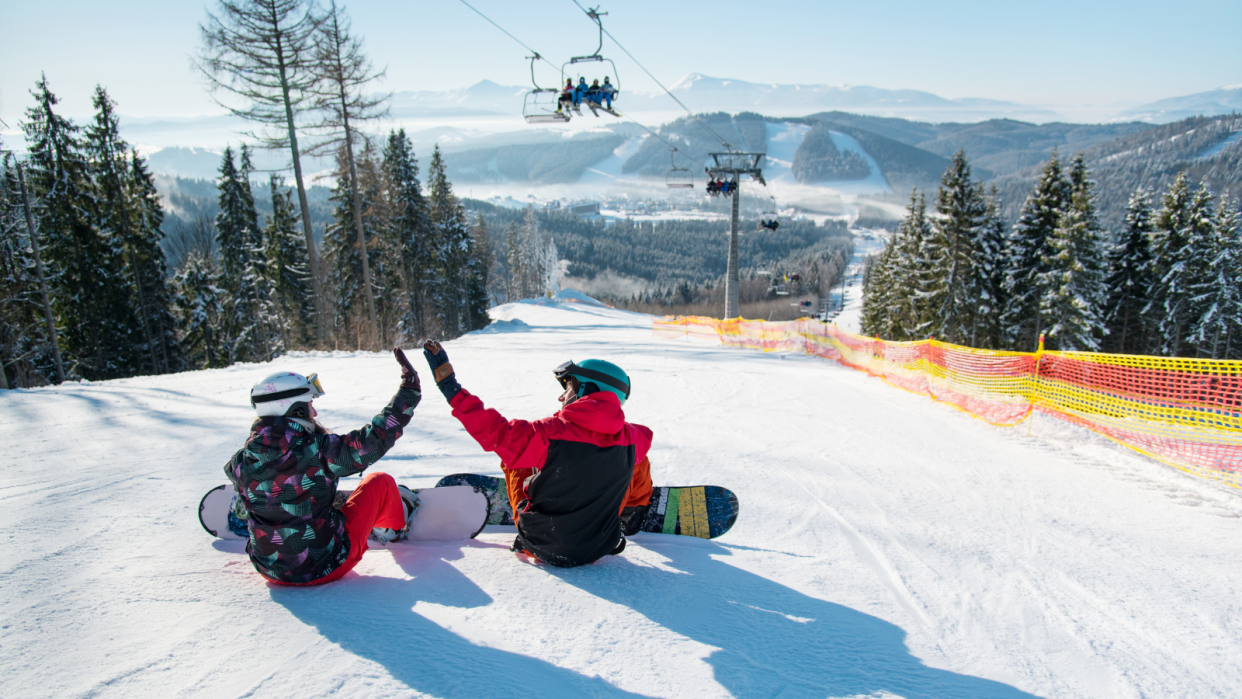
— Recommendations are independently chosen by Reviewed’s editors. Purchases you make through the links below may earn us and our publishing partners a commission.
While spring officially begins in less than a month, there’s still time to hit the slopes for both snowboarding and skiing. While these activities are fun, they can also pose certain dangers to be aware.
Depending on where you're skiing, you may have to contend with the possibility of experiencing an avalanche while you're on the mountain. Avalanches are likelier after heavy snowfall and seeing as much of the country is under winter storm watch, it can't hurt to be prepared for the worst. What's more, mountain sports come with the risk of bodily injuries such as frostbite, blunt force trauma and broken bones.
Before you plan your next mountain trip, make sure to pack appropriate safety gear so that you can enjoy the mountain in a fun—and safe—way.
►Related: The 10 best places to buy ski and snowboarding gear online
Make smart choices without hours of googling.Subscribe to The Checklist newsletter for expert product advice and recommendations.
Danger to watch out for
Beyond the injuries caused by falling on the slopes, you’ll have to contend with conditions born from the cold. Two of these are hypothermia and frostbite. Know the warning signs of both to help yourself and others if you find yourself out in the cold for long periods of time.
According to the Centers for Disease Control and Prevention (CDC), hypothermia is low body temperature brought upon by being exposed to cold conditions. Warning signs include shivering, exhaustion or drowsiness, confusion, fumbling hands, memory loss and slurred speech. To treat hypothermia, a person needs to get to a toasty shelter and into dry, warm clothes. Once resting, electric blankets (if available) can come in handy to speed up the warming process, and so can drinking hot beverages.
Frostbite is caused by freezing and is accompanied by numbness in extremities such as fingers, toes and noses. Frostbite can cause permanent damage and, at its most severe, can necessitate amputation. Warning signs include white or grayish-yellow skin at the affected area, skin that feels firm or waxy, as well as numbness. To treat the oncoming of frostbite, expose the affected areas to warm (not hot) water. If this isn’t available, the affected areas can be warmed up with body heat. As much as possible, avoid walking on frostbitten toes or feet, as this can cause further damage.
Safety gear to consider
A ski helmet
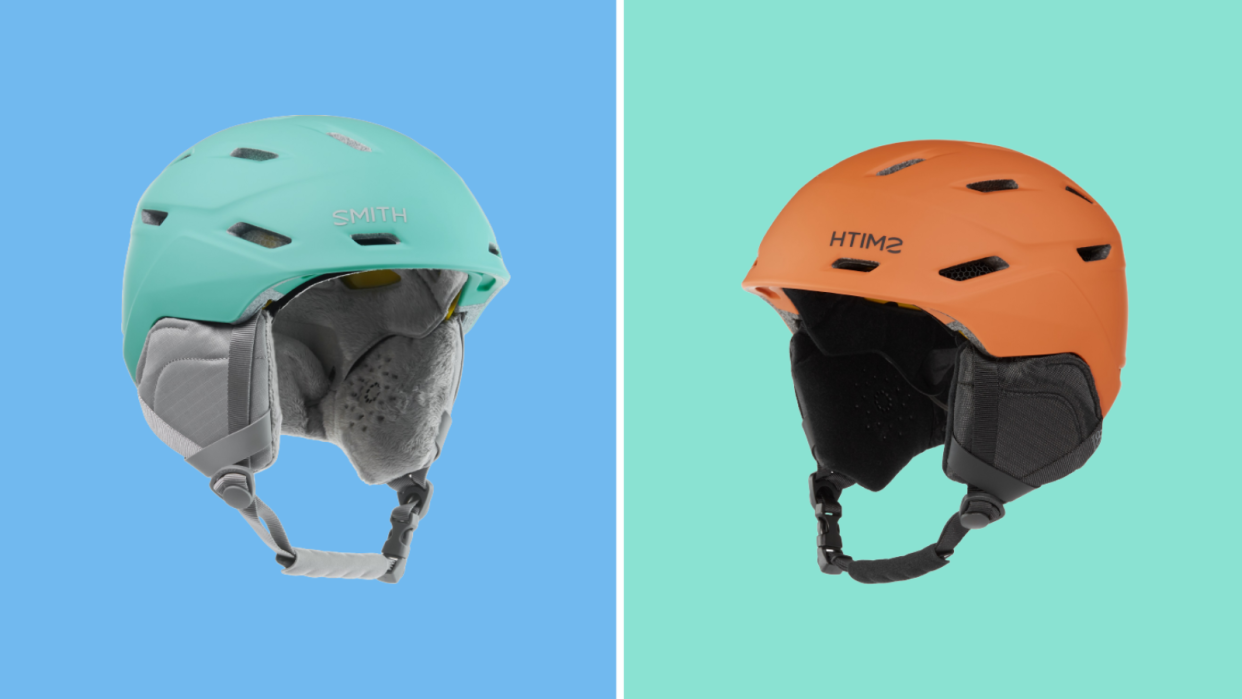
Your skull is one of the most important parts of your body as it protects your head, namely your brain, from serious damage. While skiing and snowboarding are fun activities, they carry the inherent risk of falling down or colliding into objects at high speeds. The first thing you should buy when getting ready to hit the slopes is a quality helmet. Smith's MIPS Snow Helmet reduces rotation motion upon impact, mitigating brain injury. It also comes with earpads and is compatible with Skullcandy, Aleck and Outdoor Tech audio systems.
Elbow and knee pads
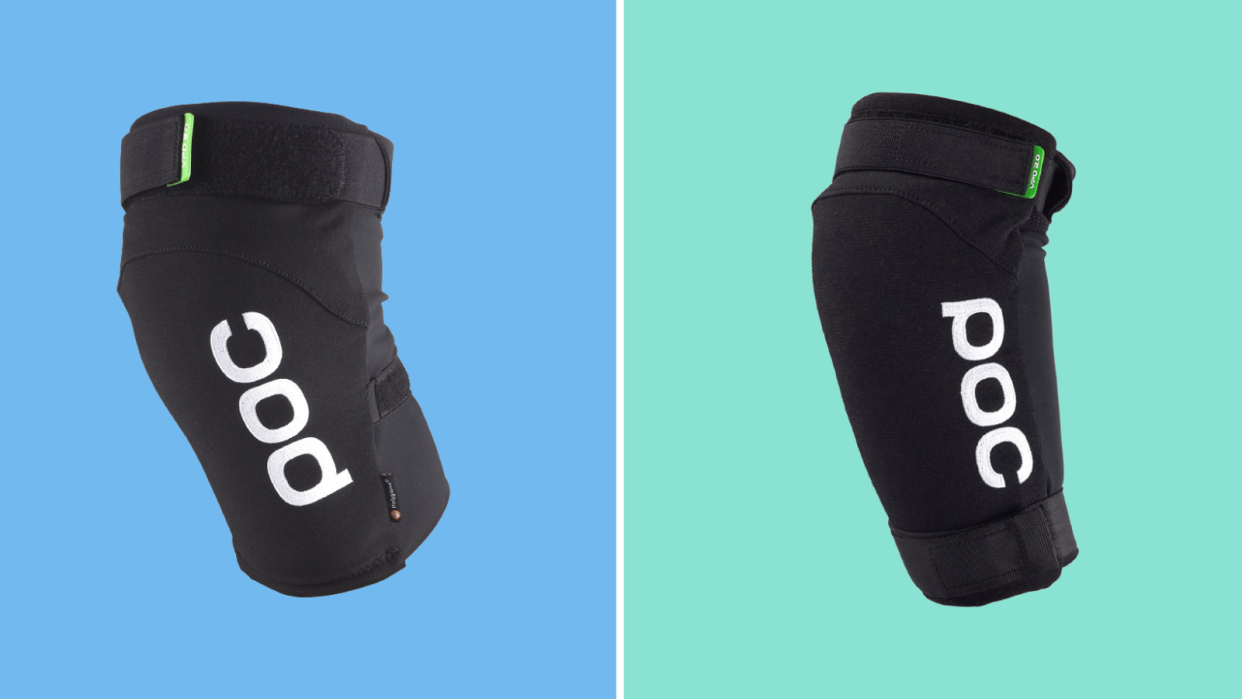
Beyond your head, you'll also want to protect your joints in the event of a collision. This can be done with knee and elbow pads, which will mitigate the force applied to your knees and elbows, reducing the risk of injury. These ones from POC have straps to make sure they stay in place.
Goggles
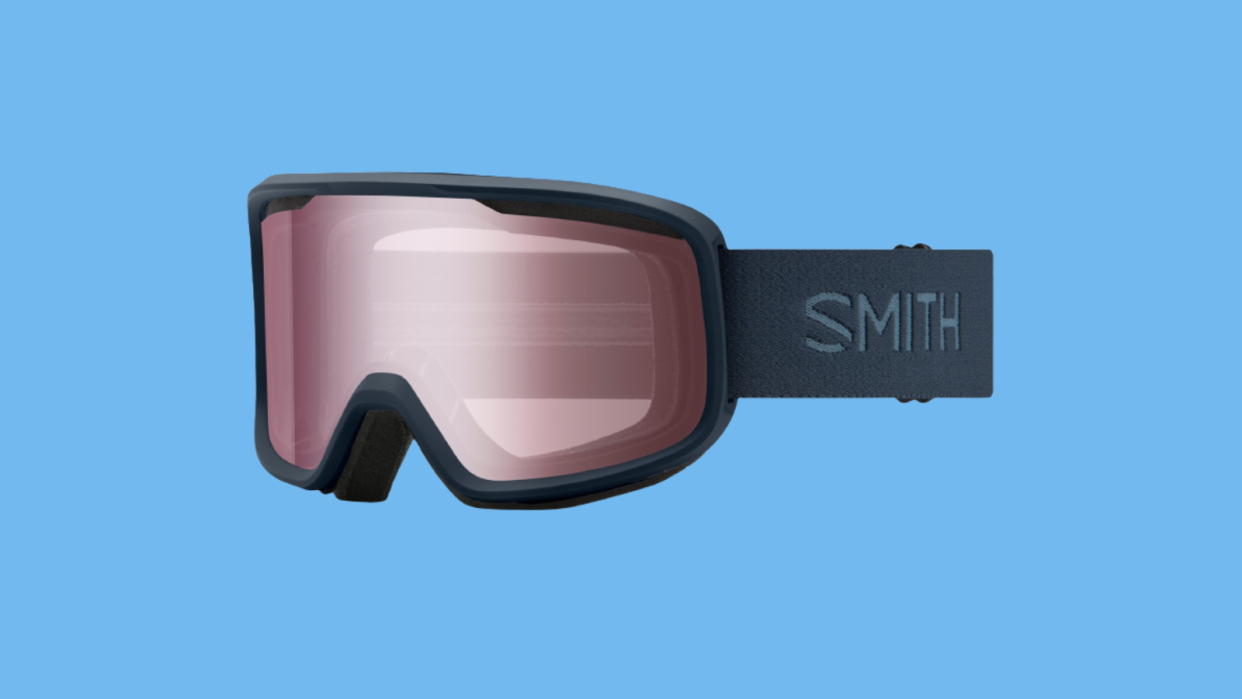
When the sun is out, it can quickly become too bright to see properly on the slopes thanks to the highly reflective nature of snow. Even when the sun isn’t shining, the rush of cold air and snow debris can make it hard to see. As such, goggles are a must-have on the mountain to help you see obstacles, including others on the slopes, and to experience maximum comfort. Smith's Frontier snow goggles adjust to fit your face, leaving no gap between them and your helmet. Plus, they're designed to reduce fog and are some of the coolest-looking goggles on the market.
A headlamp
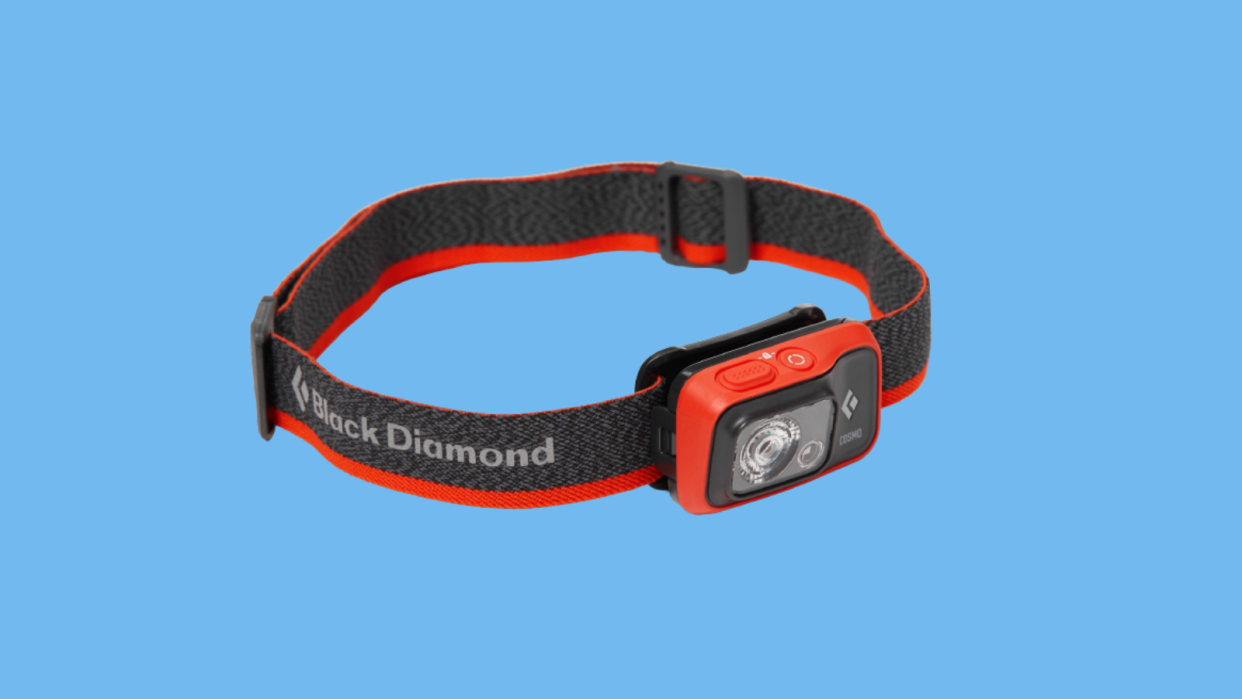
A headlamp is an essential tool for ski trips, whether you're night skiing, stuck up a mountain after an avalanche or just navigating the lodge grounds at night. It’s a convenient way to illuminate your surroundings because, unlike a flashlight, a headlamp will keep both of your hands free and the direction you're looking in will always be illuminated.
A compass
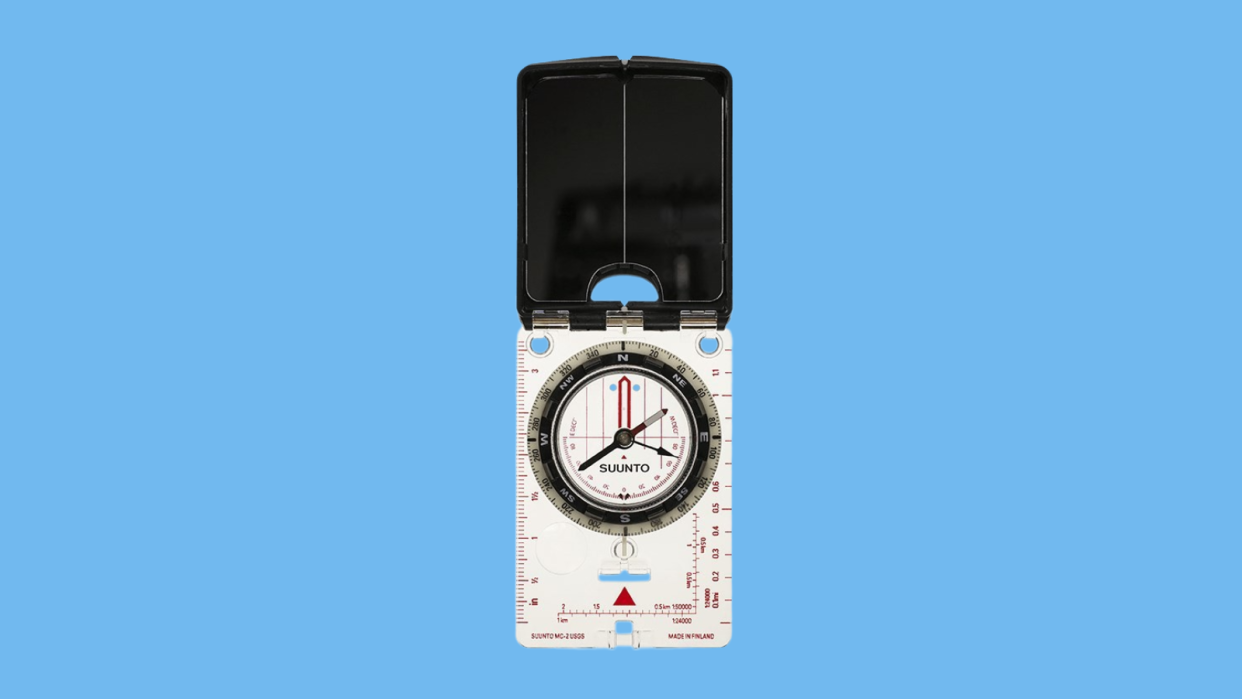
A compass can help you regain your bearings on a mountain if you're lost. If you know the general direction of the lodge, for example, you can use the compass to make your way back. This compass from Suunto comes with a clinometer, allowing you to know the risk of an avalanche, wherein snow rapidly flows down the mountain—for example, avalanches aren't likely on slopes less than 30º.
An airbag pack
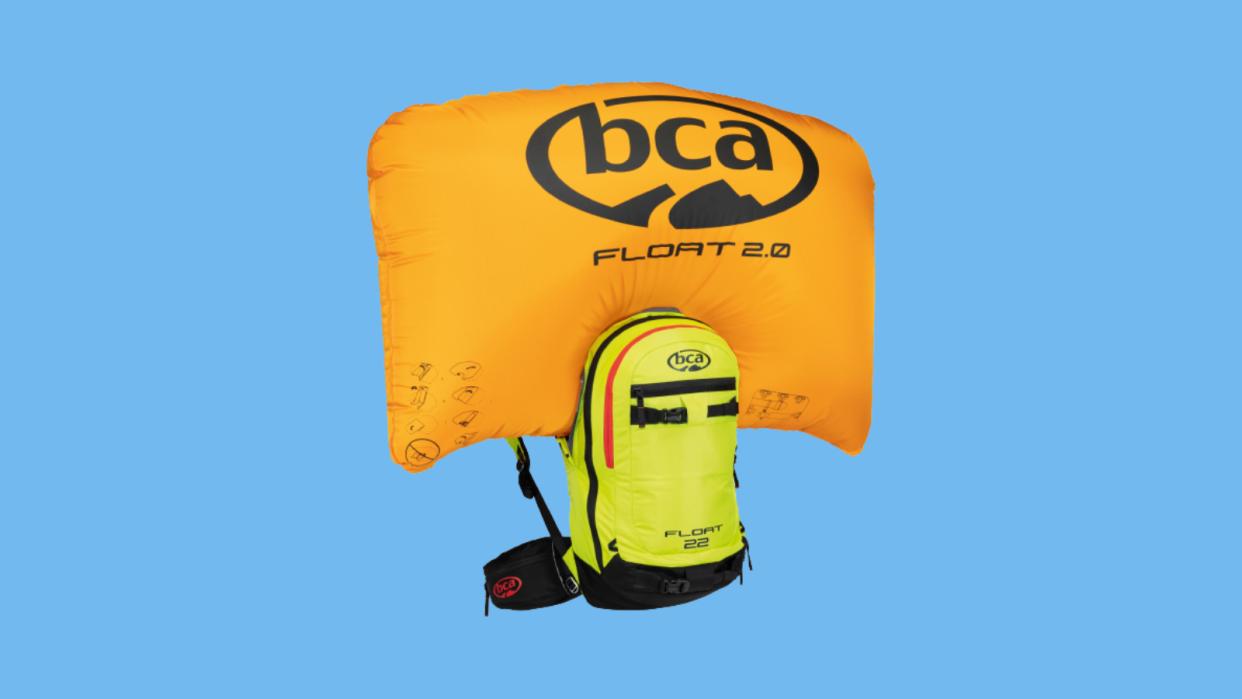
When it comes to winter sports, one of the worst-case scenarios is dealing with an avalanche. Being buried by one can lead to injury and death due to suffocation, blunt force trauma or hypothermia. The best way to prevent injury from an avalanche is to ensure that you're not buried. An airbag pack can help you rise through snow, either preventing you from being submerged or lessening the amount in which you are submerged. An airbag pack, similar to a car airbag, can also mitigate blunt force trauma. This highly-rated airbag pack from REI is instantly deployable and roomy enough that you can pack the rest of your essential gear inside.
An avalanche transceiver
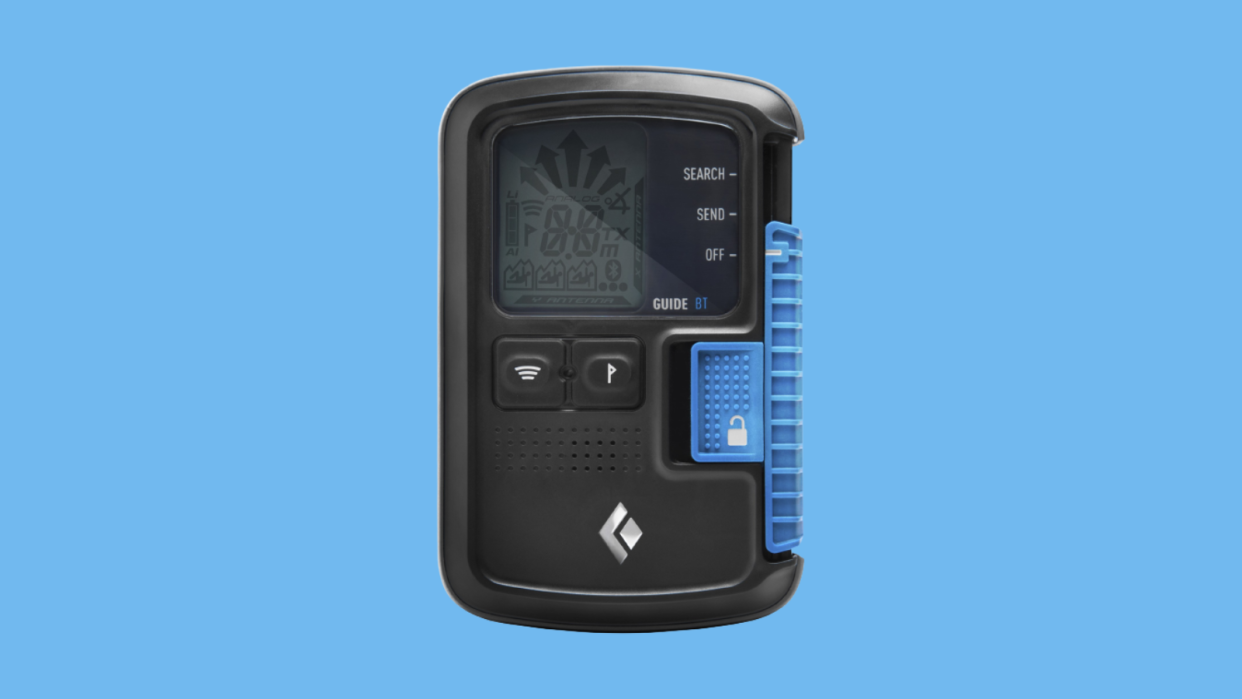
After you've ensured your own safety, you can begin helping others in an avalanche. An avalanche transceiver, also known as a beacon, is a vital tool for locating others. Avalanche transceivers work by transmitting a signal which can be picked up by other transceivers. Black Diamond's Avalanche Beacon features three antennae so that it can easily pinpoint a signal's location during searches. Both seasoned guides and new hobbyists praise the beacon for its accuracy and ease of use.
A snow probe and shovel
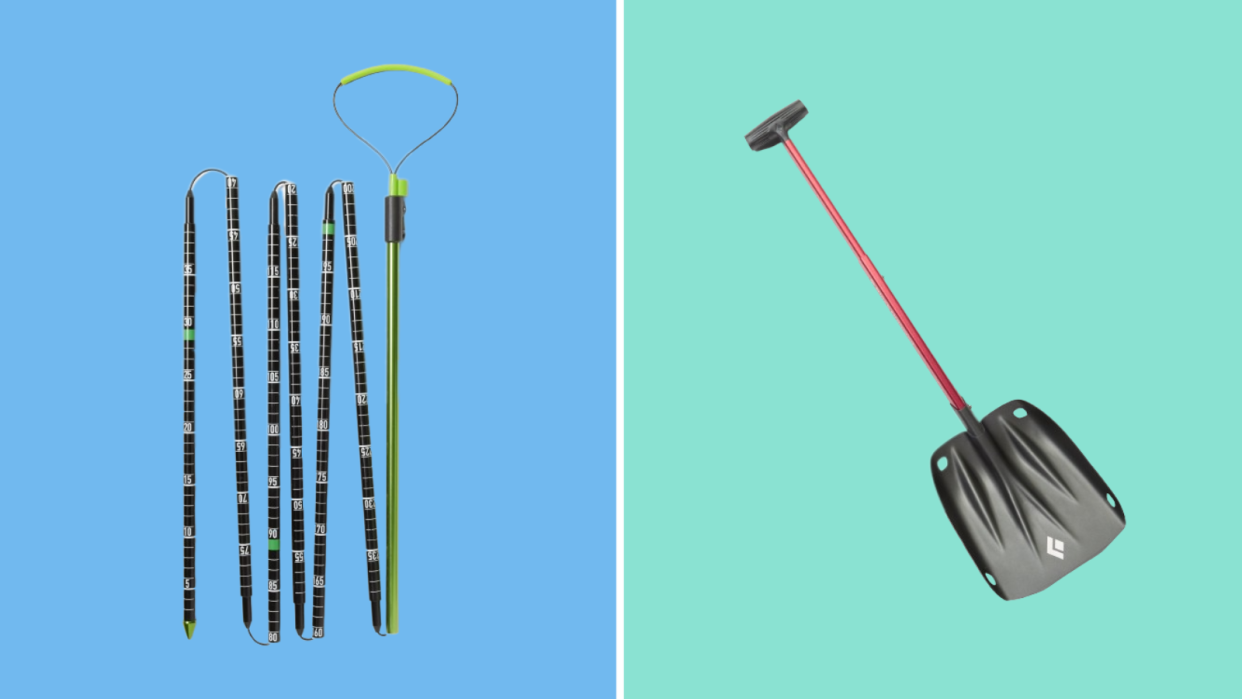
Following a transceiver signal won't do much good if you cannot help a stranded skier out of the snow. A snow probe will allow you to search the snow to find out where exactly a person is and determine how deep they are under the snow. After you've located them, you can dig them out using a snow shovel.
A first-aid kit
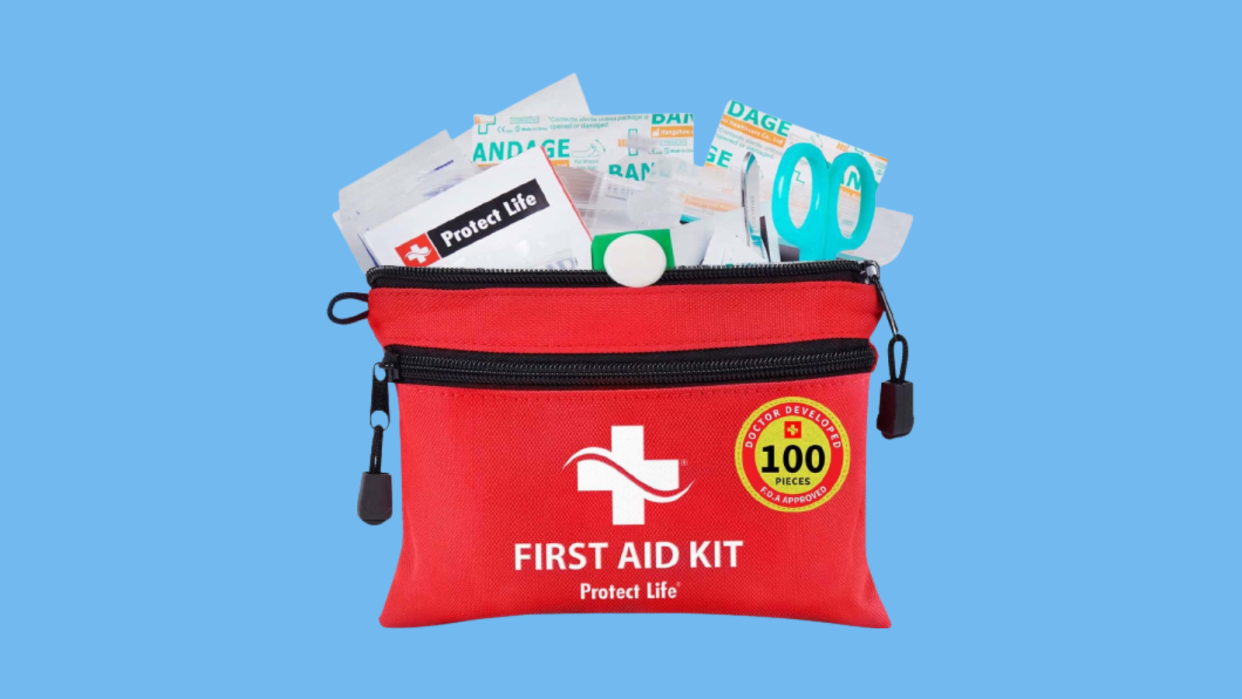
A first aid kit is helpful to have wherever you are, and this remains especially true on a mountain where unexpected events can occur in seconds, necessitating fast action. A good first-aid kit should have all you need to bring temporary relief from blisters, cuts and other minor ailments. We've researched many different first aid kits and determined that the Protect Life 100-Piece First Aid Kit is the best thanks to its compact and lightweight build, and, of course, the essential items it contains from bandages to gauze pads and more.
An emergency blanket
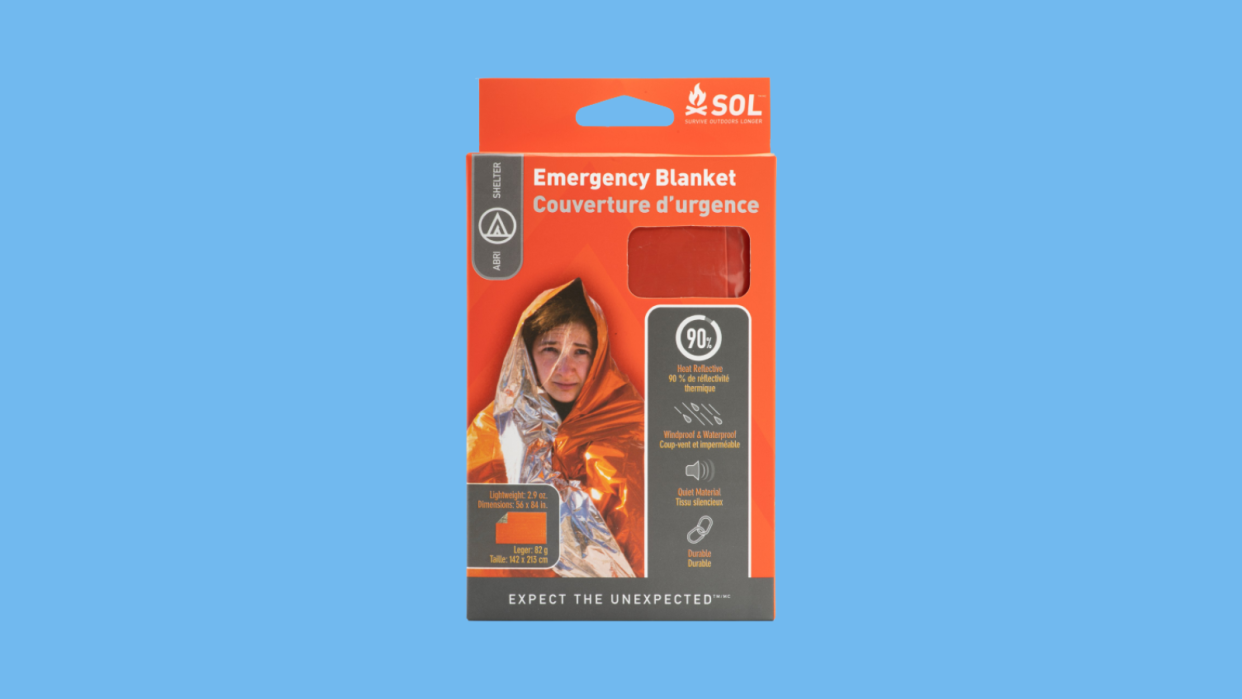
If you find yourself in a bind on the slopes, stranded, your main goals need to be to stay warm and to be seen. Fortunately, both of these needs are wrapped up in one package with an emergency blanket. Also referred to as thermal blankets or space blankets, emergency blankets are insulated to prevent heat loss, staving off frostbite and hypothermia. Many buyers on REI love the SOL emergency blanket for the warmth it brings. Plus, its bright-orange exterior and reflective interior makes it very easy to spot against the white, bright snow.
A Camelbak
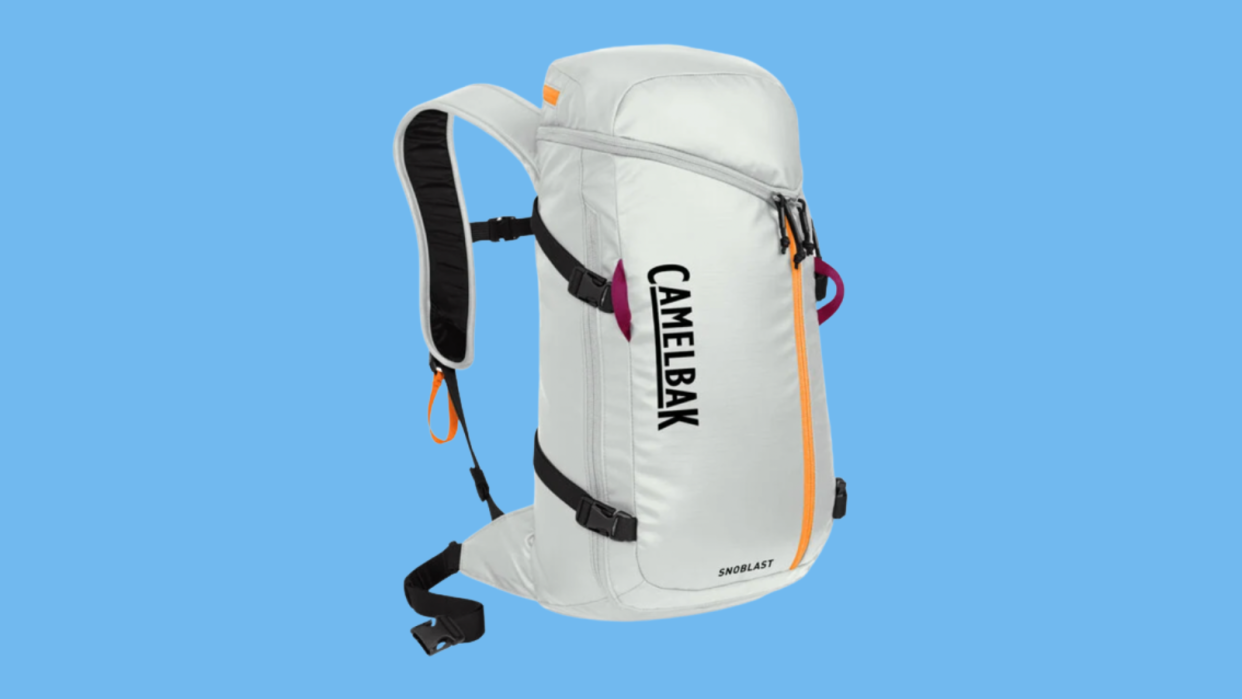
No matter the temperature, staying hydrated is a vital component of safety. In the case of winter weather, staying hydrated can regulate body temperature and stave off hypothermia, so it’s a good idea to drink water throughout the day. Thanks to Camelbak, hydrating is made easy and convenient with backpacks that double as water containers, freeing your hands and offering storage space while ensuring you get enough water. Camelbak offers a pack that's insulated so you don't have to worry about your drink freezing while you're outside.
Hand warmers
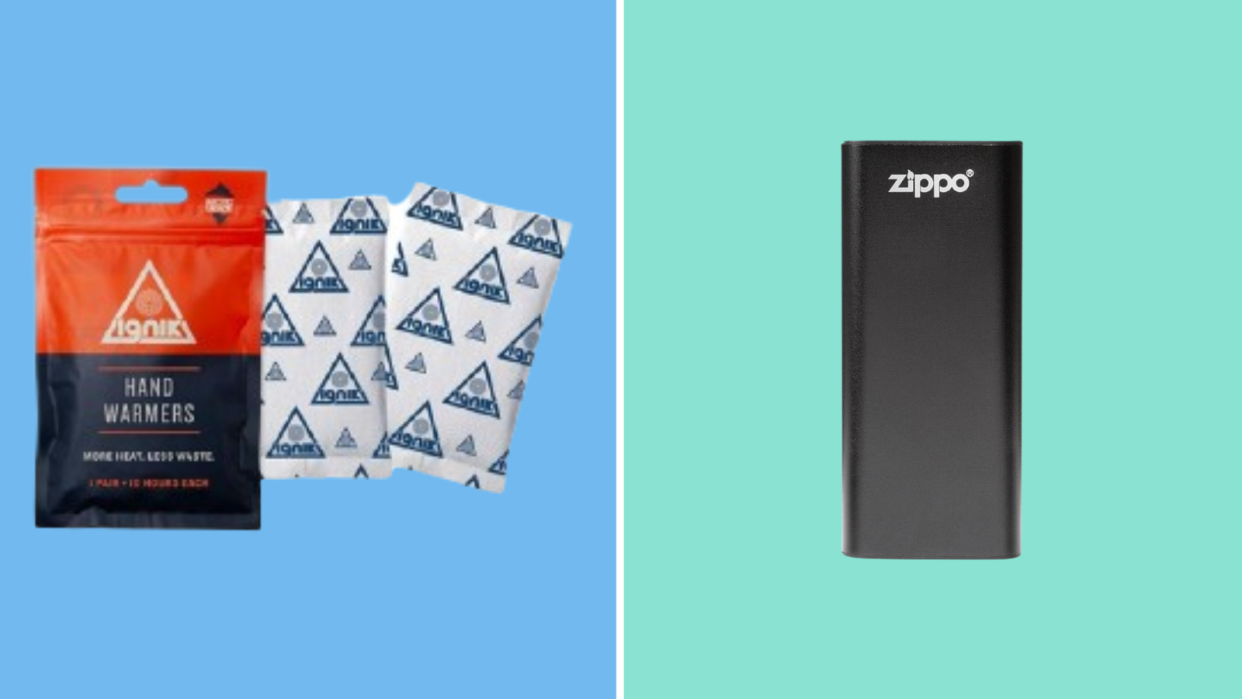
Another way to warm up yourself or others in a pinch is by using hand warmers. These disposable, nifty packets become warm to the touch, which is a lifesaver when you're on the cold slopes. Ignik claims its hand warmers can work even after being exposed to open air for up to 72 hours, and, when activated, they can deliver up to 10 hours of warmth.
Zippo offers a highly rated rechargeable hand warmer, which supports both high and low heat settings. Zippo states its battery has a runtime of three hours and it can get up to 113°F. What’s more, the device doubles as a portable battery pack. It should be noted that while hand warmers can be used to prevent frostbite, they should never be used on areas of the body that have already experienced frostbite, as they can easily burn the skin that cannot feel them, according to the CDC.
The product experts at Reviewed have all your shopping needs covered. Follow Reviewed on Facebook, Twitter, Instagram, TikTok or Flipboard for the latest deals, product reviews and more.
Prices were accurate at the time this article was published but may change over time.
This article originally appeared on Reviewed: Mountain sports: safety products to ski, snowboard
